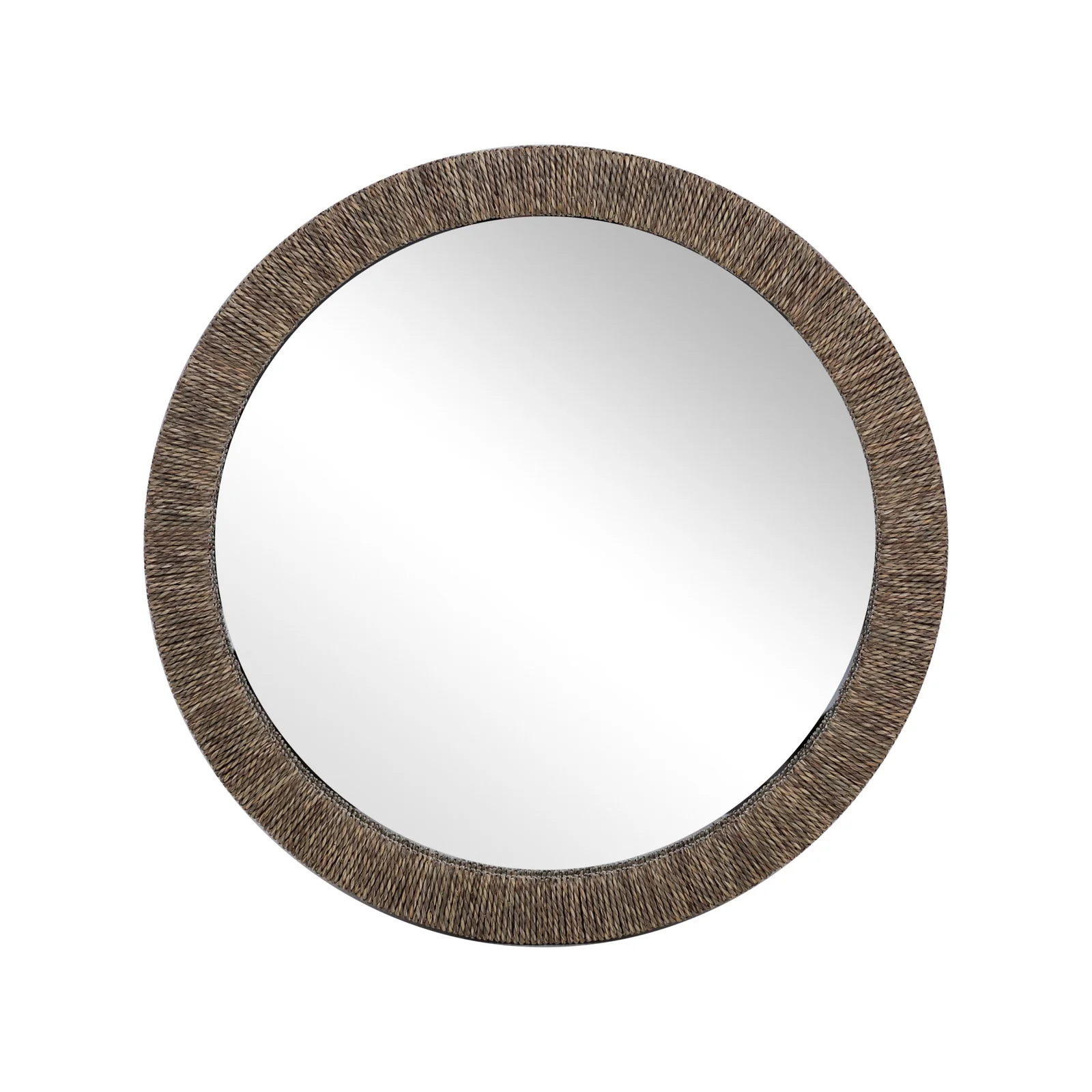Kuwaiti traditional mirror designs
Of course! Kuwaiti traditional mirror designs are a beautiful and integral part of the region’s decorative arts, deeply rooted in Islamic and Arabian architectural heritage. They are far more than functional objects; they are pieces of art that tell a story of culture, craftsmanship, and spiritual belief.
Here’s a detailed look at their characteristics, symbolism, and context:
Core Characteristics of Kuwaiti Traditional Mirrors
-
Ornate Frames: The mirror itself is usually plain glass, but the frame is the centerpiece of the artistry. These frames are typically made from:
-
Wood: Often dark, heavy woods like teak or rosewood, which are durable and prized for their quality.
-
Metal: Sometimes brass or copper with intricate engraving (a craft known as Tarnash).
-
-
Islamic Geometric Patterns: This is the most defining feature. The designs are never figurative (avoiding depictions of people or animals in accordance with Islamic principles). Instead, they use:
-
Interlocking Stars and Polygons: Eight-pointed stars (a common Islamic symbol) and complex interwoven shapes are prevalent.
-
Arabesque (Islimi): Flowing, rhythmic patterns featuring stylized vines, leaves, and flowers. This represents the infinite and unending creation of Allah.
-
Precision and Symmetry: The patterns are meticulously symmetrical, reflecting a sense of divine order and harmony in the universe.
-
-
Calligraphic Elements: It is very common to find mirrors framed with or incorporating Arabic calligraphy. The text is usually:
-
Ayats (Quranic Verses): Especially verses about light, blessing, or protection, such as the Ayat al-Kursi (The Throne Verse).
-
Basmala: The phrase “Bismillah al-Rahman al-Rahim” (In the name of God, the Most Gracious, the Most Merciful).
-
Names of Allah: The 99 names, like Al-Razzaq (The Provider) or Al-Hafiz (The Protector).
-
General Blessings: Words like “Ya Allah” (O God) or “Masha’Allah” (What God has willed).
-
-
Color and Embellishment:
-
Gilding: Frames are often gilded with gold leaf or gold paint, adding a luxurious and radiant feel.
-
Vibrant Colors: While gold and wood tones are classic, it’s also traditional to see accents of deep blue, red, green, and turquoise, sometimes with inlaid mother-of-pearl or colored glass.
-
Cultural Significance and Symbolism
-
Spiritual Protection: In traditional Kuwaiti and Gulf culture, mirrors were believed to reflect negative energy and the evil eye (al-ayn). The inclusion of Quranic verses amplified this protective function, turning the mirror into an object that safeguarded the home and its inhabitants.
-
Light and Space: Before modern electricity, mirrors were strategically placed to reflect light from windows and lanterns, helping to illuminate and visually expand the often small, enclosed rooms of traditional houses. This created a cooler, brighter, and more open feeling.
-
Decoration and Status: A highly decorated, large mirror was a sign of wealth and taste. It was a central decorative element in the main reception room (Diwaniya or Majlis), demonstrating the family’s appreciation for art and culture to their guests.
Where You Would Find Them
-
The Majlis (or Diwaniya): The sitting room where guests are received. This was the most important public room in the house, and the decor was meant to impress.
-
Entrance Hallways: To create a grand first impression and reflect light.
-
Above Consoles and Side Tables: Often paired with traditional Arabian brass or copper coffee pots (Dallah)
-
As part of a Wall Set: Large mirrors were often part of a matching set that included smaller shelves or cabinets, all crafted in the same style.
Modern Interpretations
Today, the traditional Kuwaiti mirror is experiencing a major revival as part of the broader trend towards modern Islamic and Arabian interior design.
-
Luxury Hotels: Places like the Burj Al Arab and many luxury resorts in the Gulf use them to create an authentic, opulent ambiance.
-
Modern Homes: Interior designers often use a single large, traditional mirror as a statement piece in a contemporary living room, creating a stunning fusion of old and new.
-
High-End Souks: Shops in Souk Mubarakiya in Kuwait City and other traditional markets still sell authentic antique pieces and high-quality new reproductions.
In summary, a Kuwaiti traditional mirror is a masterpiece of Islamic art. It is a functional object imbued with spiritual meaning, cultural history, and exceptional craftsmanship, serving as a radiant centerpiece that reflects both light and heritage.
Would you like to see some visual examples? While I cannot directly display images, I can describe specific styles or suggest precise search terms to help you find exactly what you’re looking for online.
Search Terms for Visuals:
-
“Kuwaiti traditional mirror”
-
“Islamic mirror design”
-
“Arabian Gulf mirror art”
-
“Islamic geometric mirror”
-
“Arabic calligraphy mirror”
-
“Khalij
Generally speaking, our order requirements are as follows: the minimum order quantity (MOQ) for large items is 50 pieces, for regular items it is 100 pieces, for small items it is 500 pieces, and for very small items (such as ceramic decorations) the MOQ is 1,000 pieces. Orders exceeding $100,000 will receive a 5% discount. The delivery timeline is determined based on the specific order quantity and production schedule. Typically, we are able to complete delivery within two months.

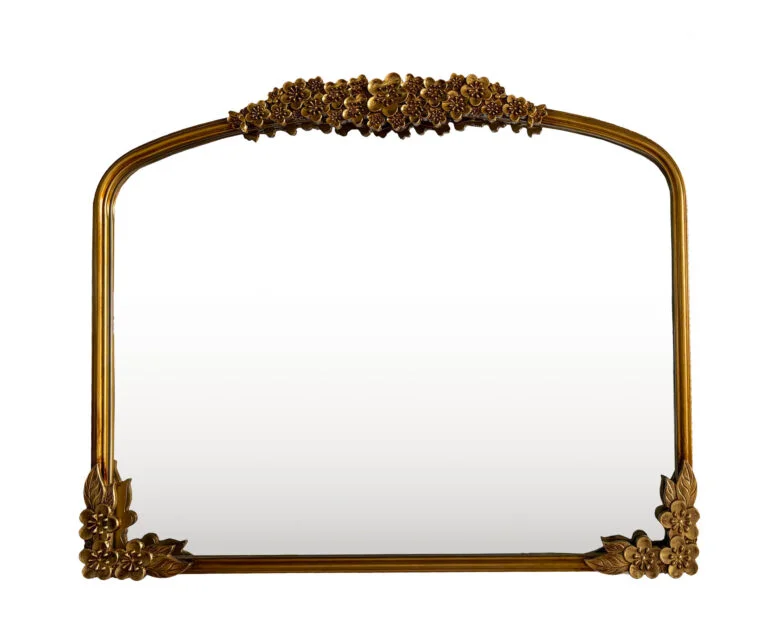
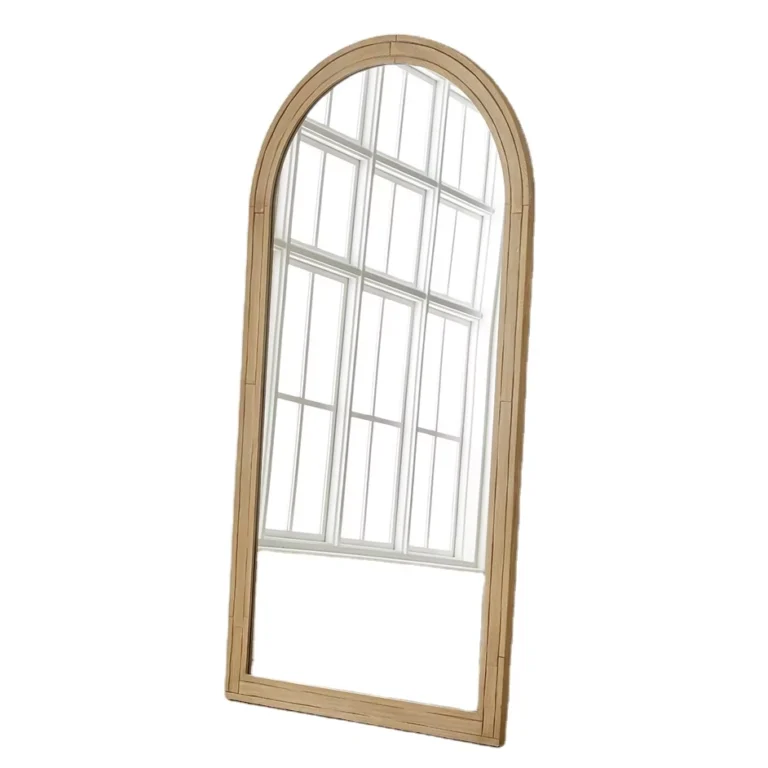
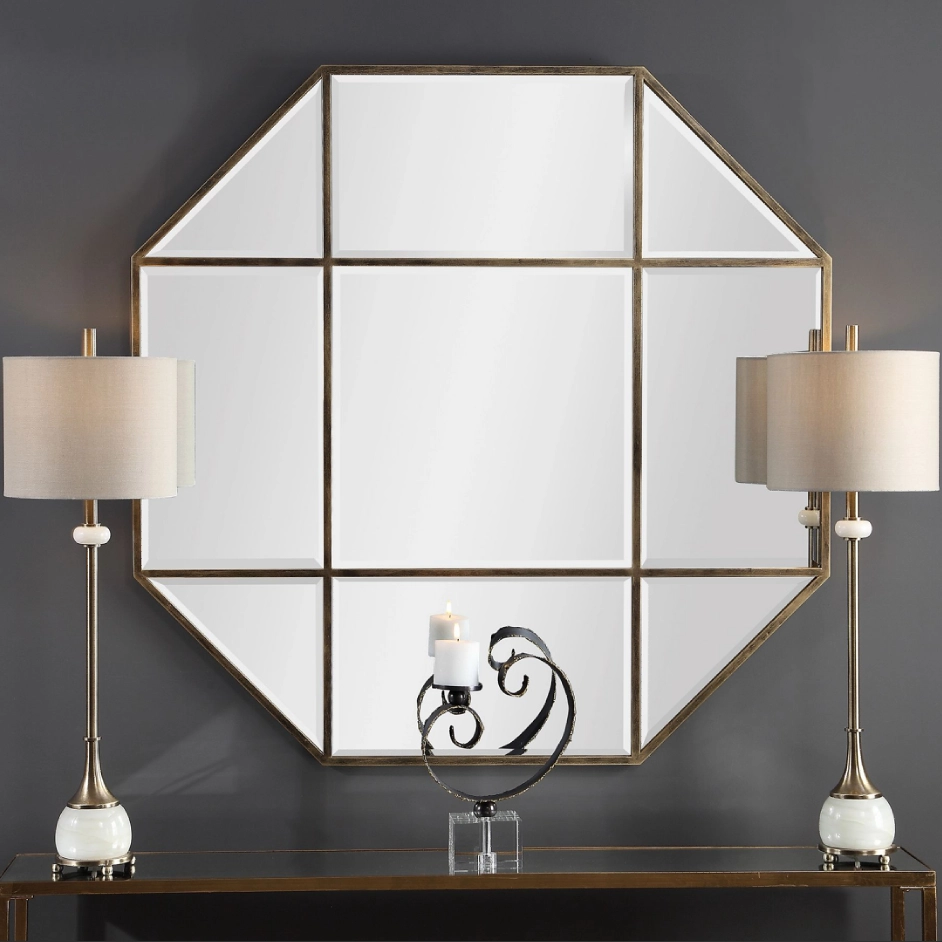
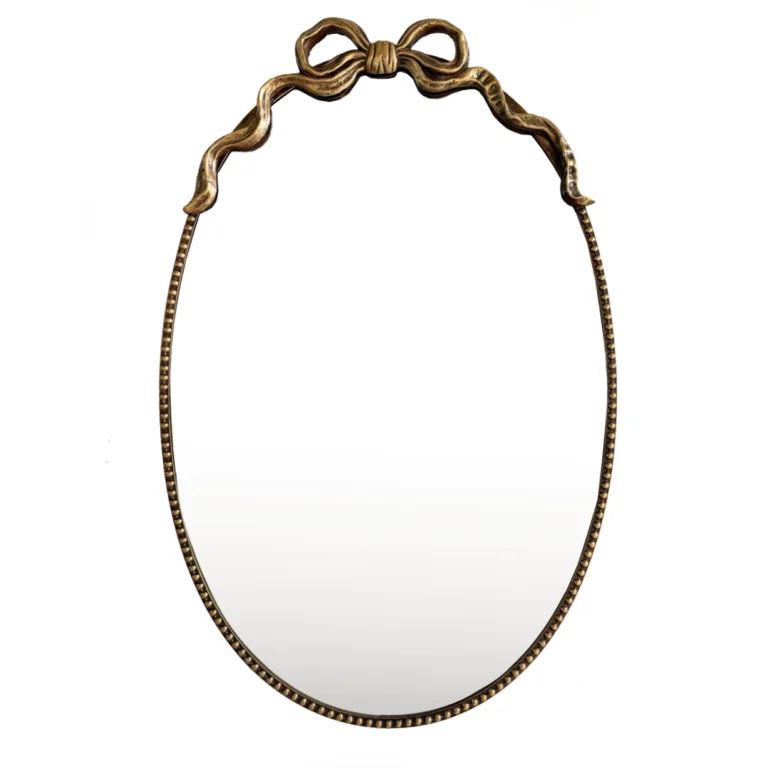

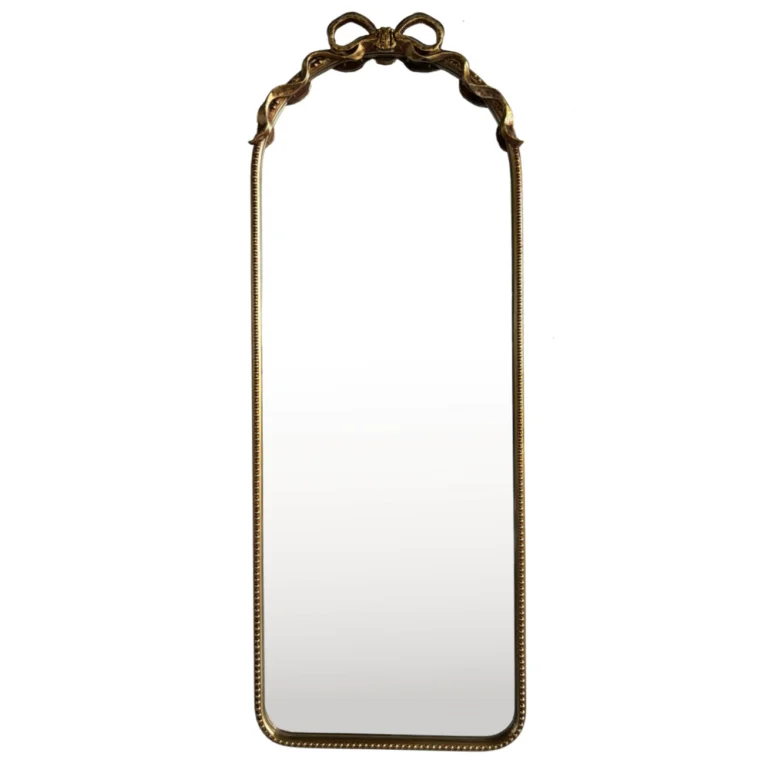

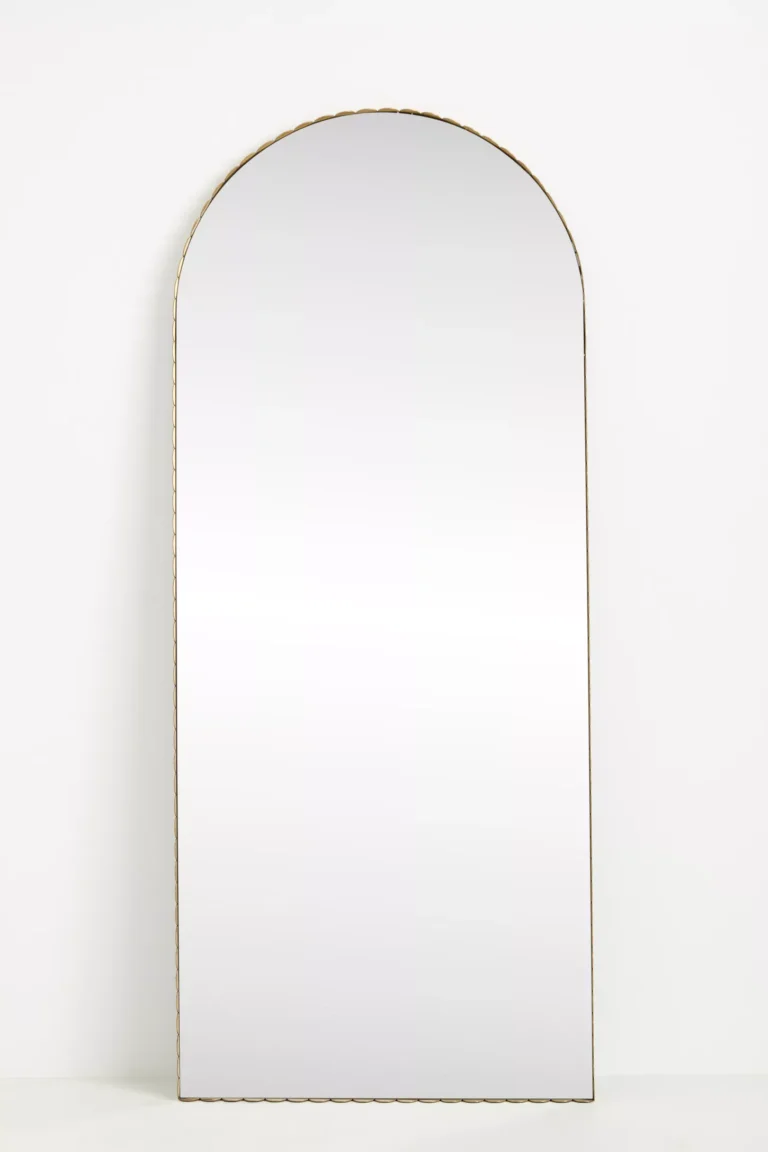

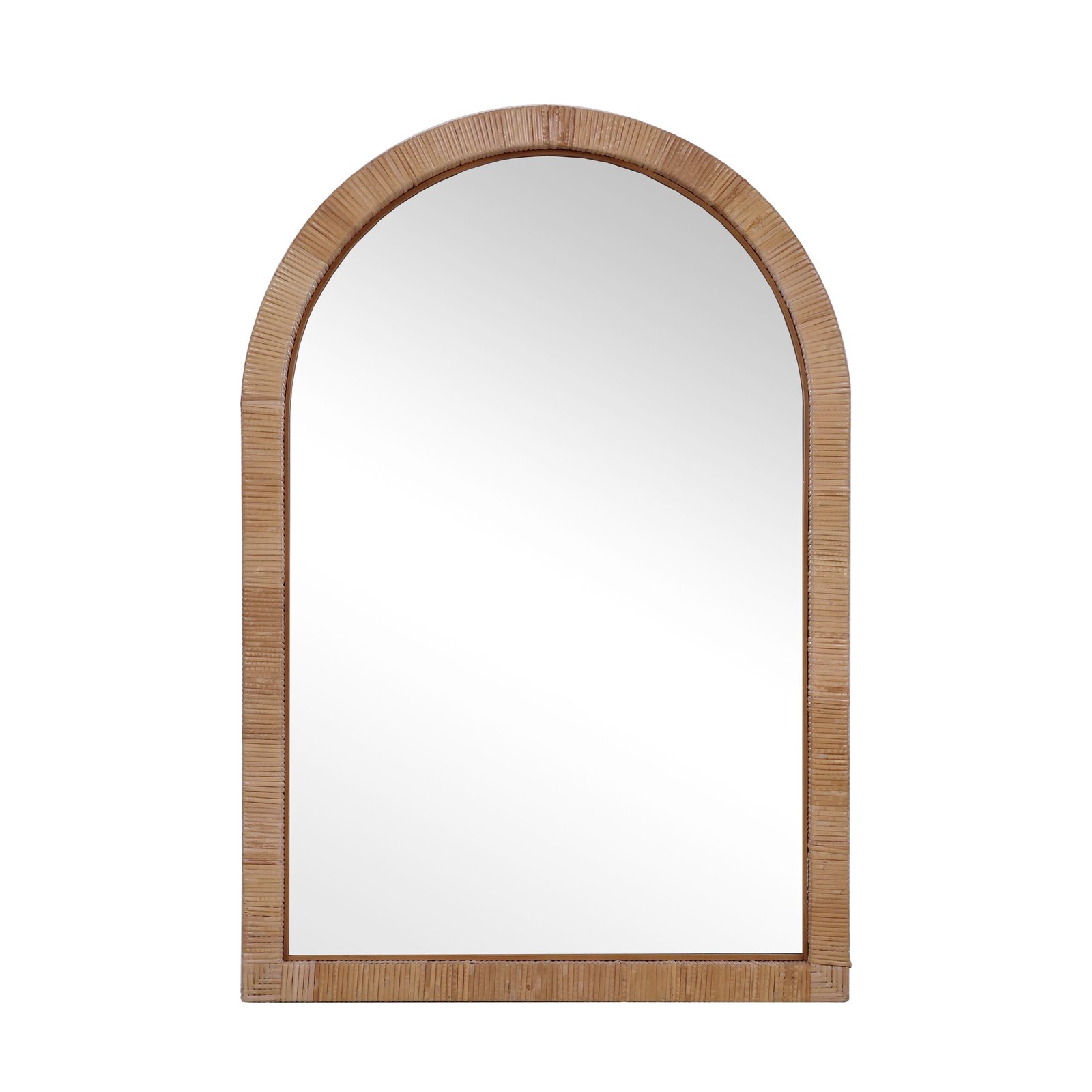
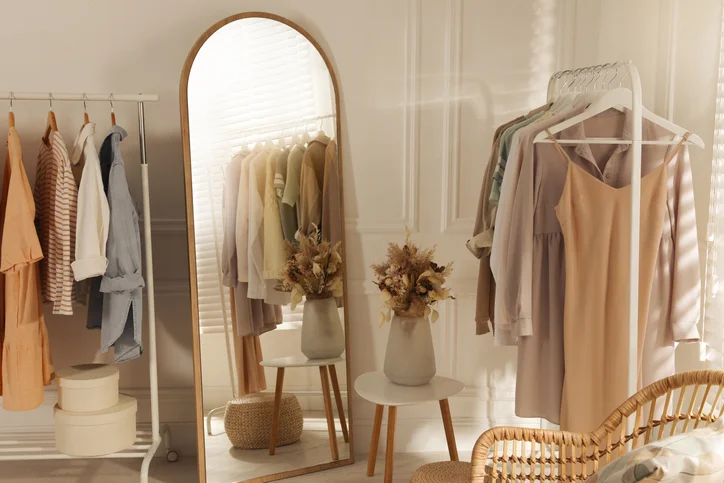
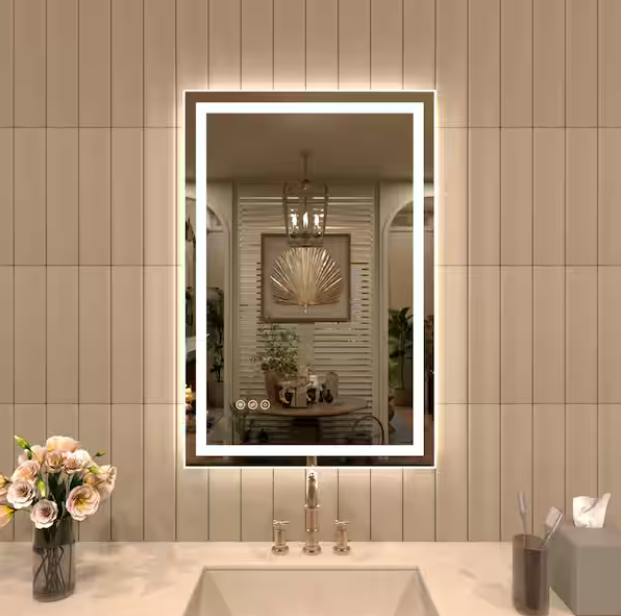
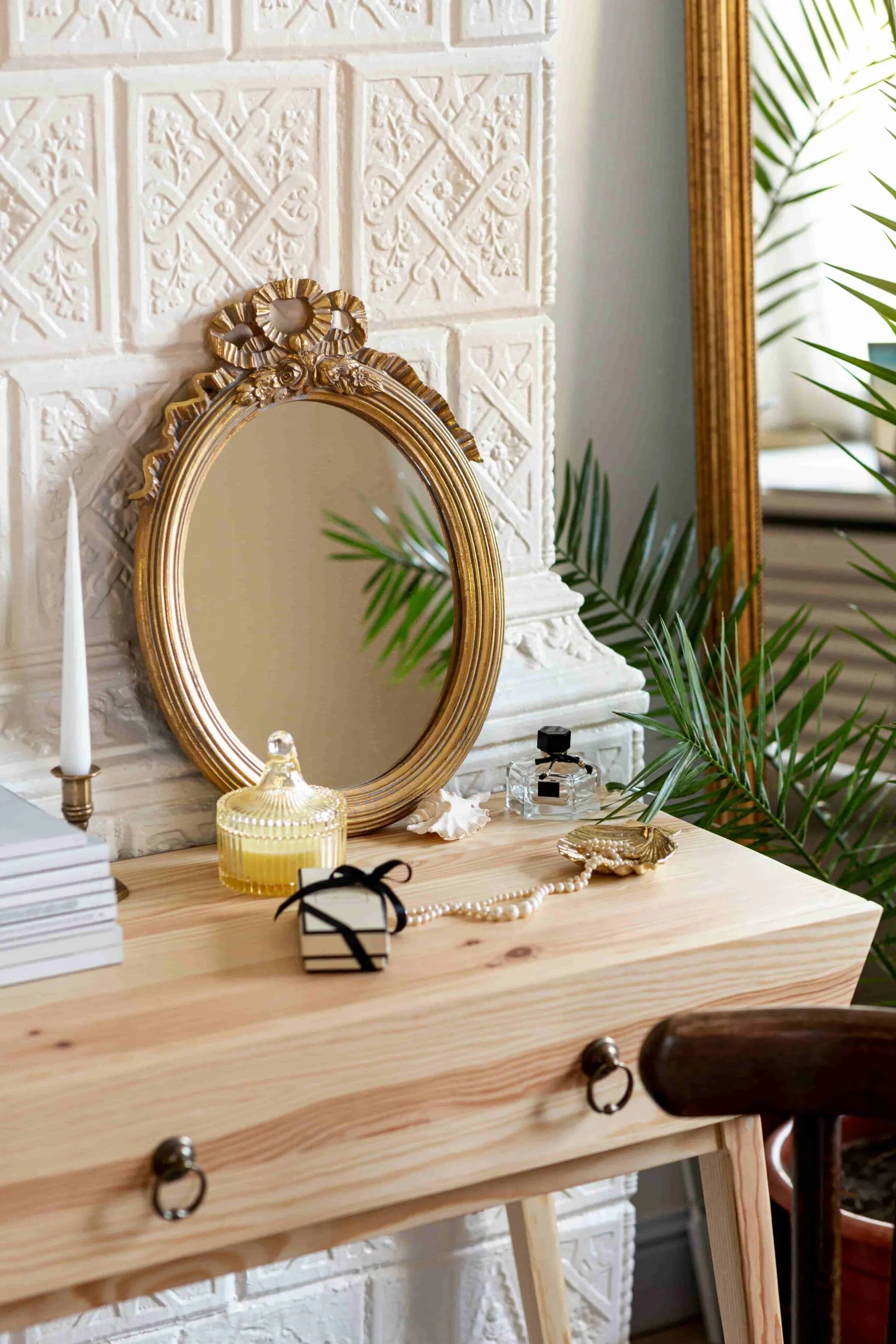

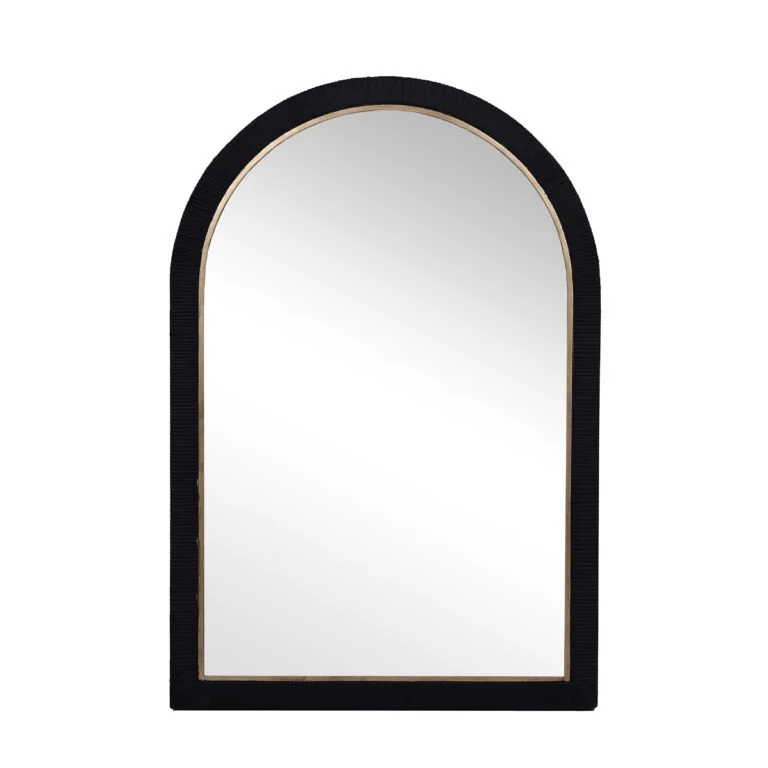

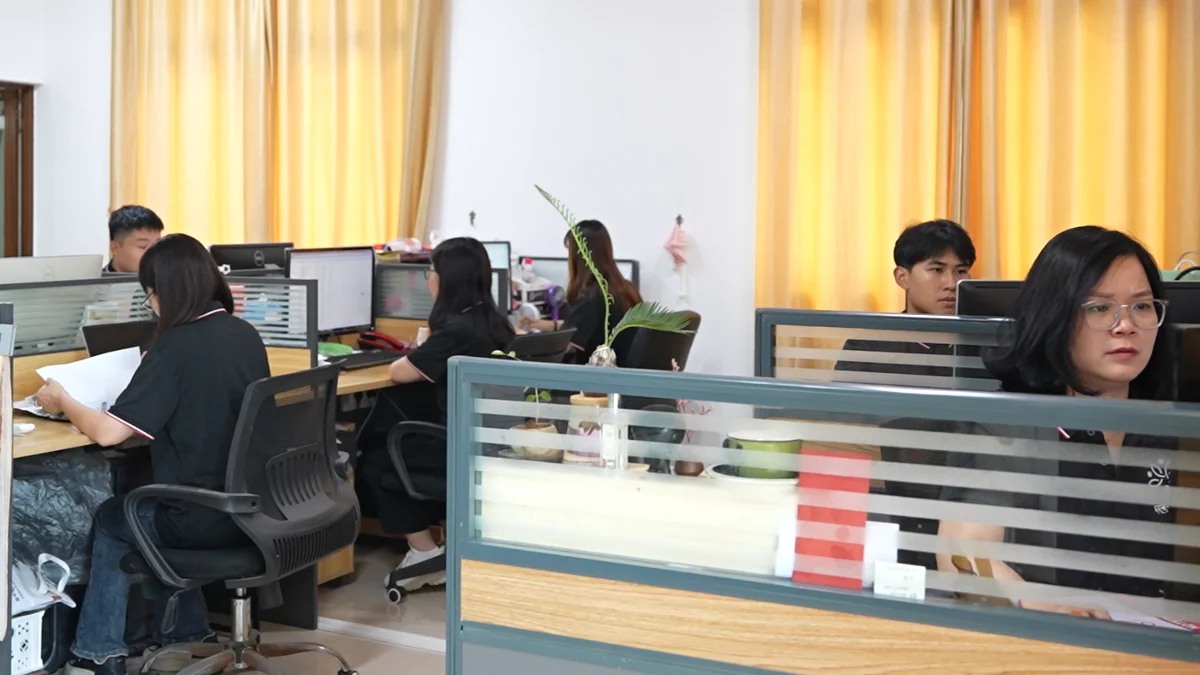
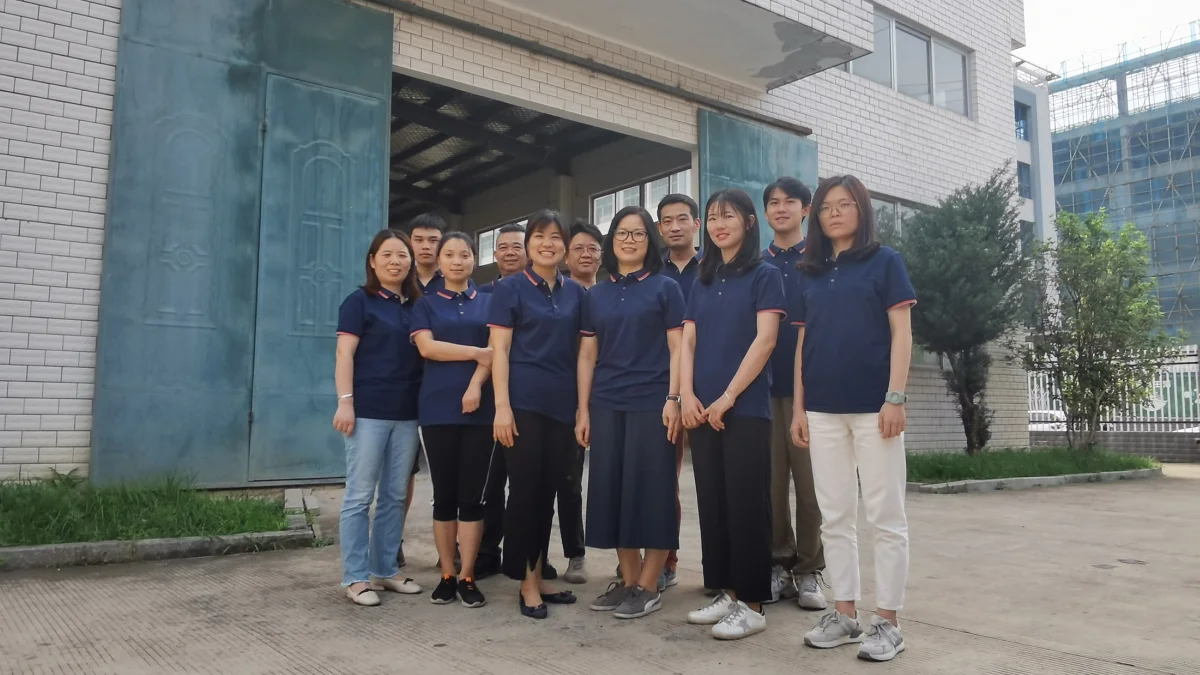
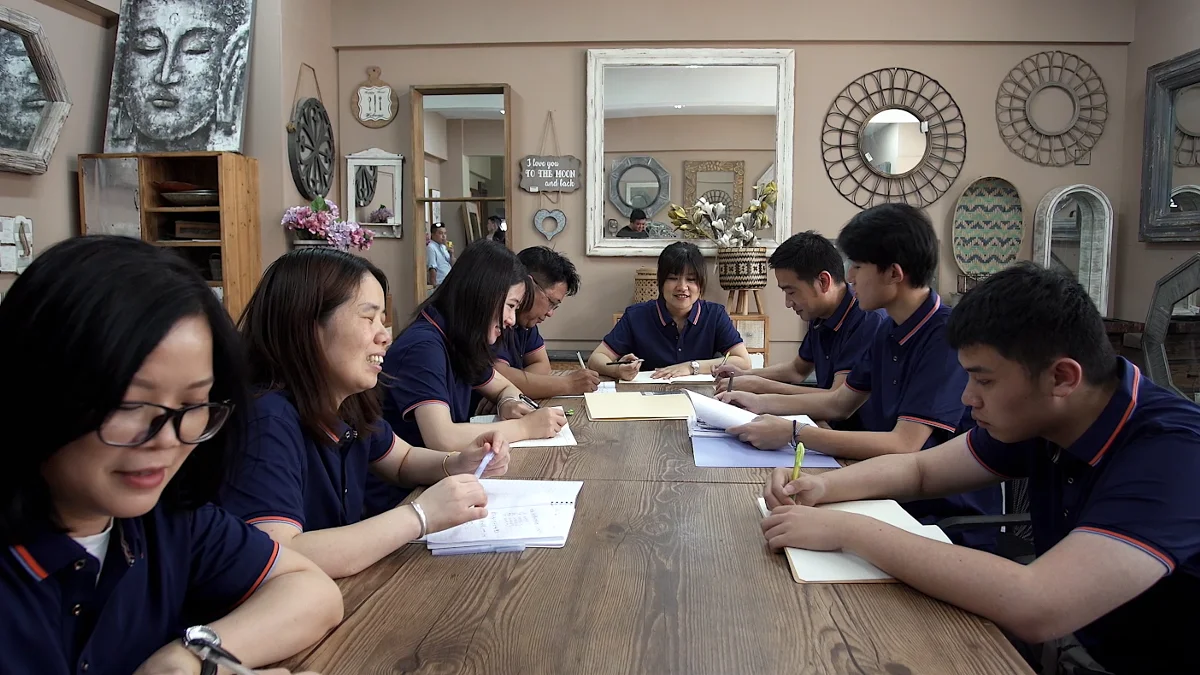




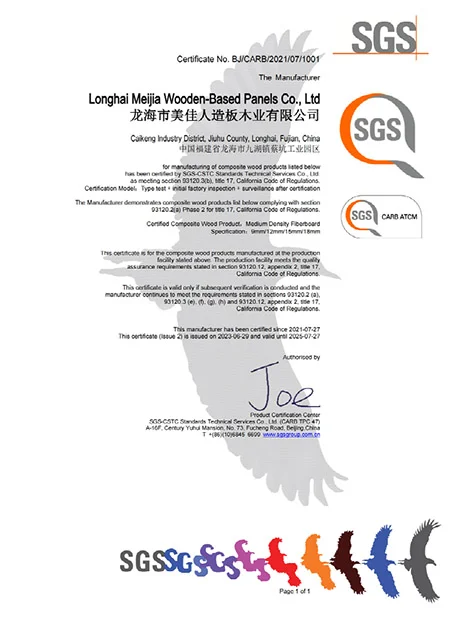

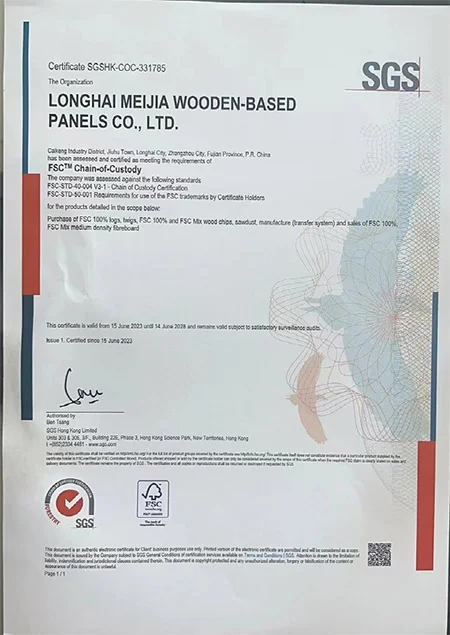
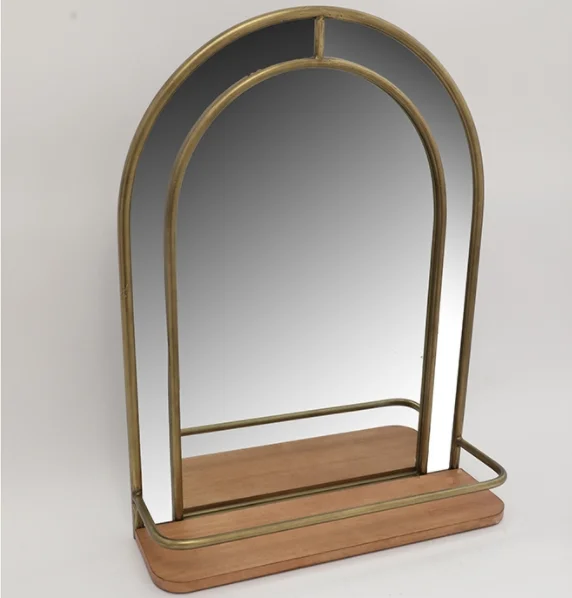
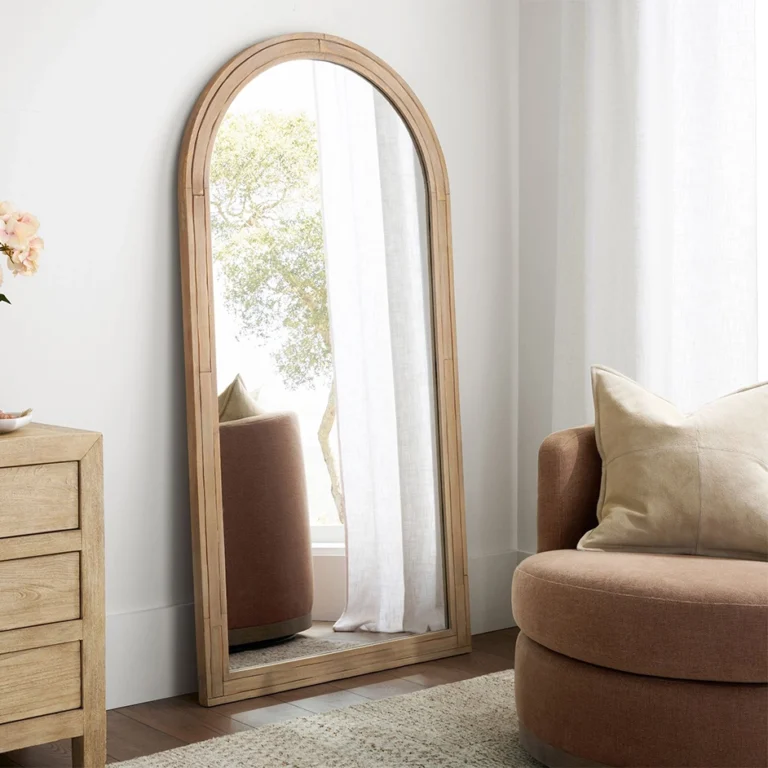
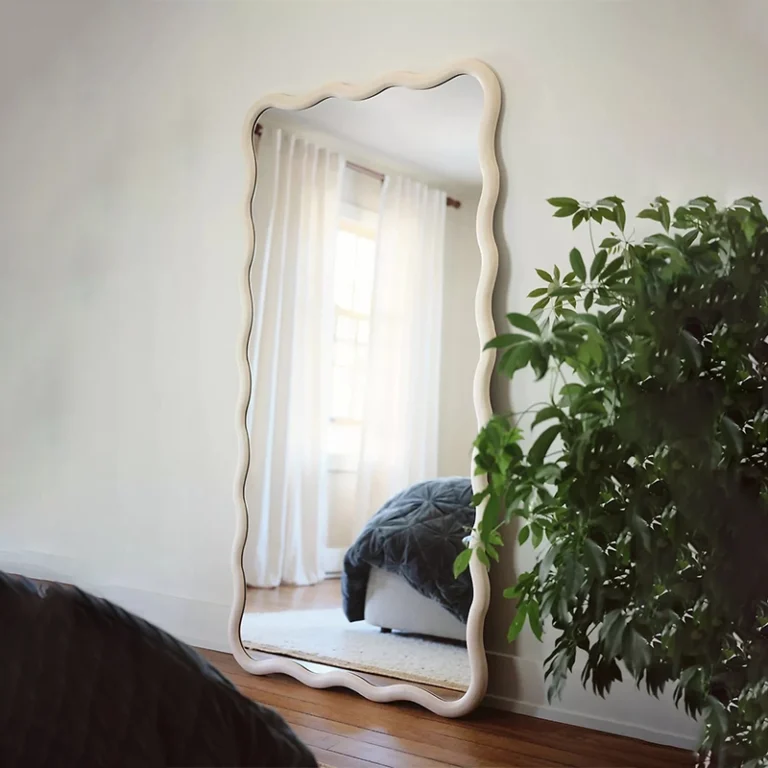

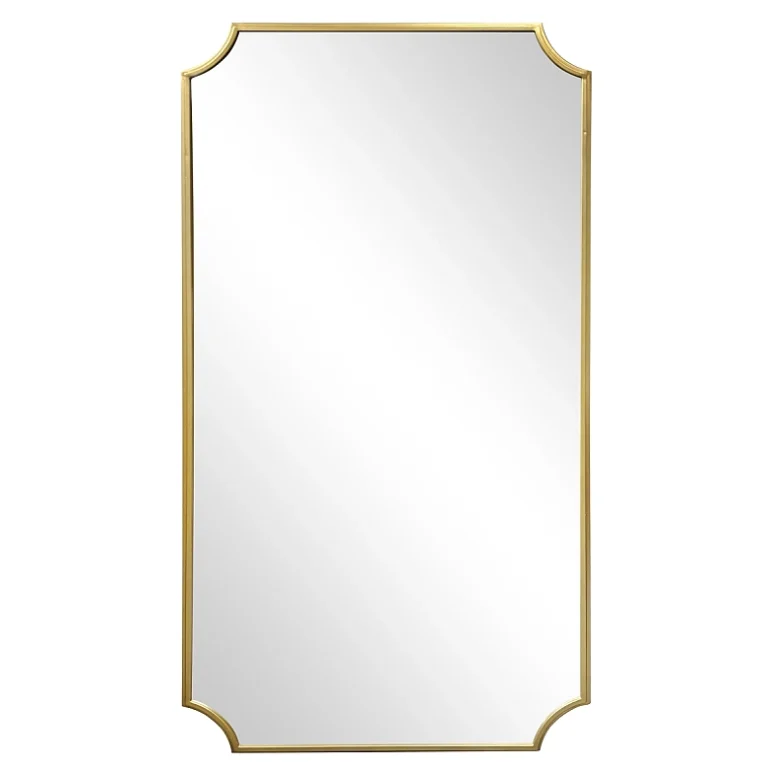
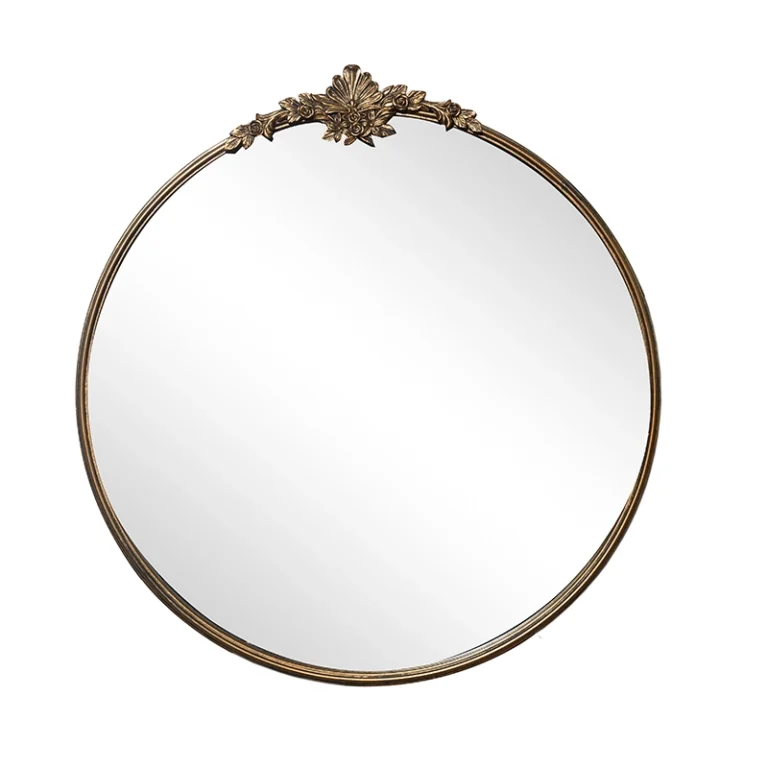
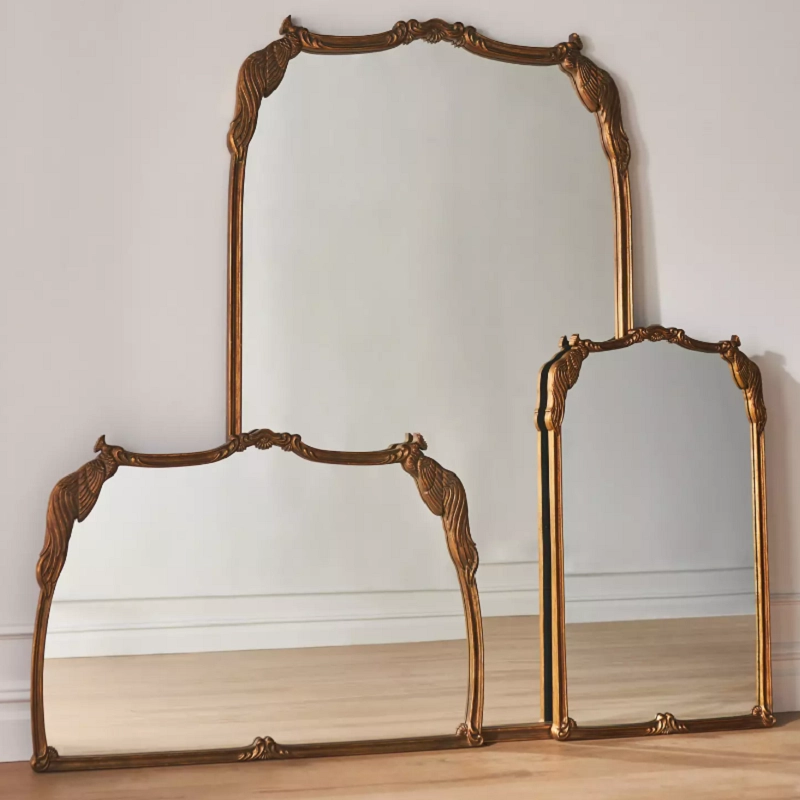
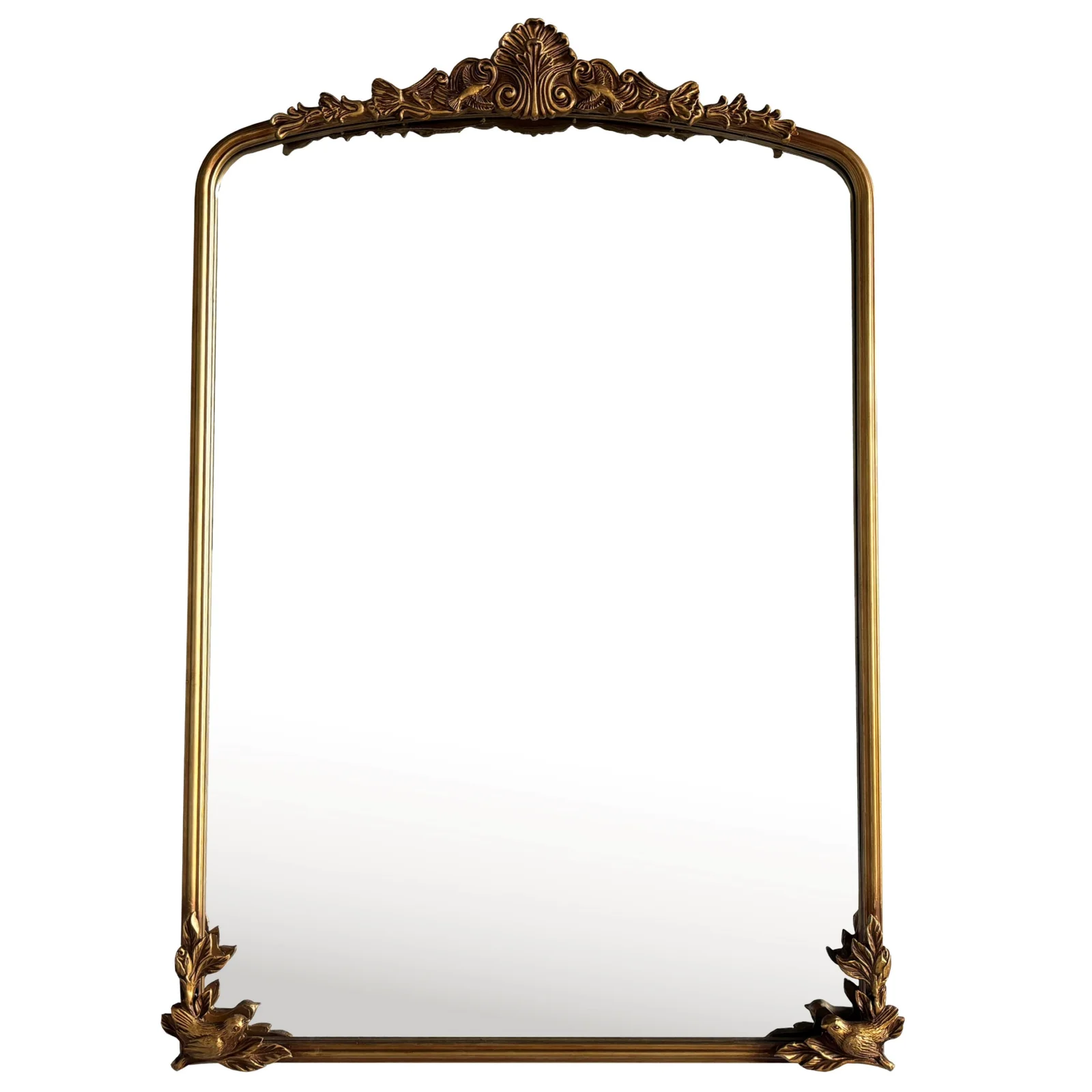
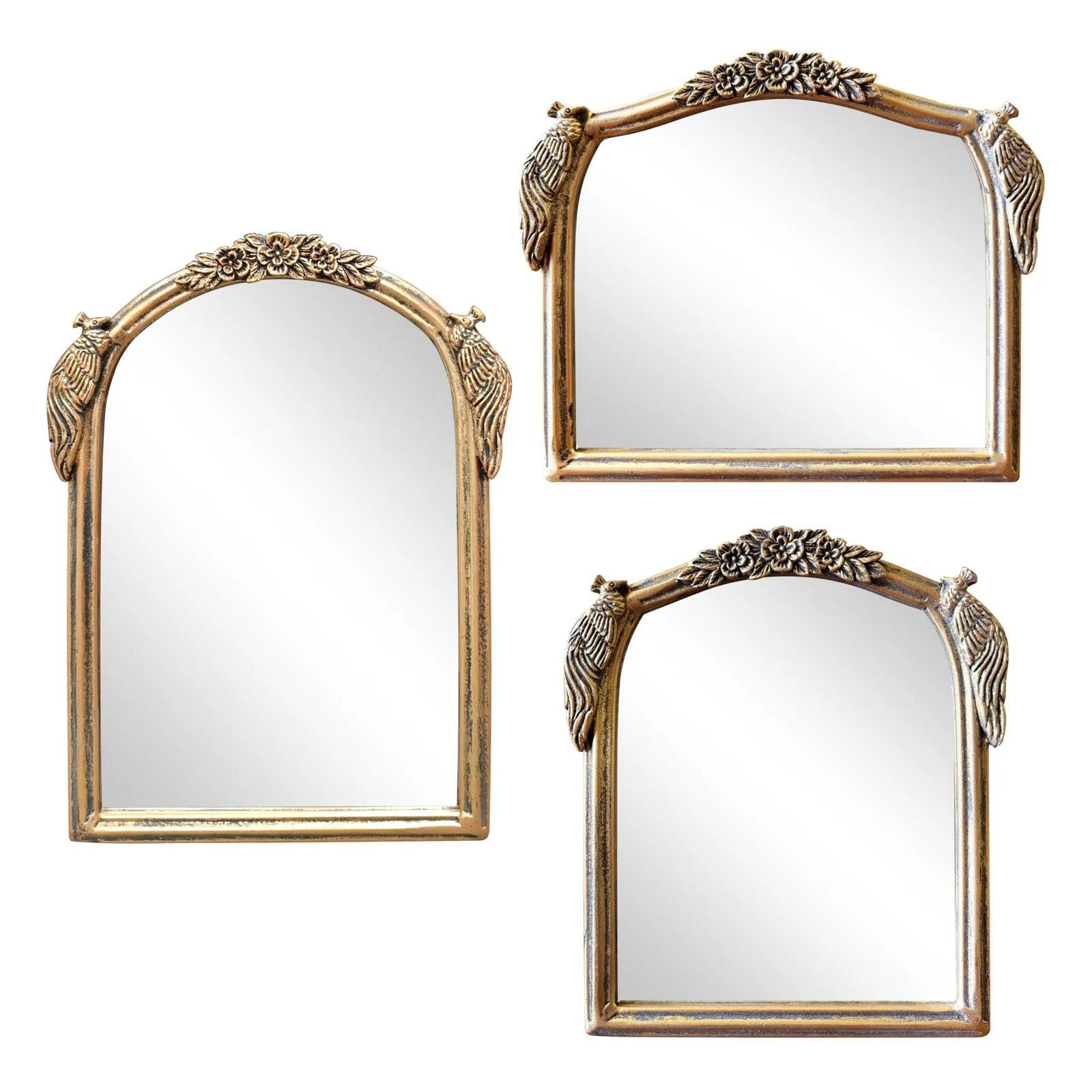
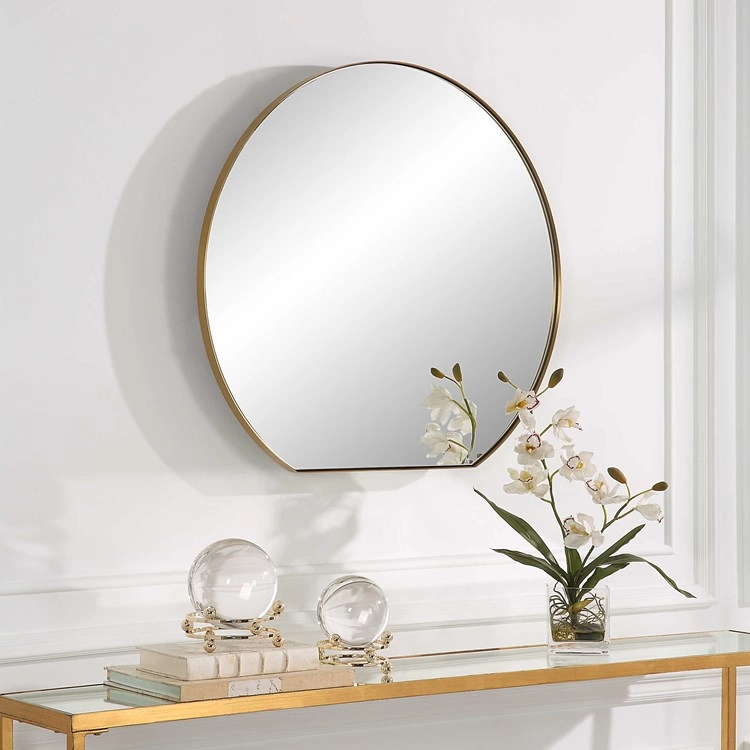
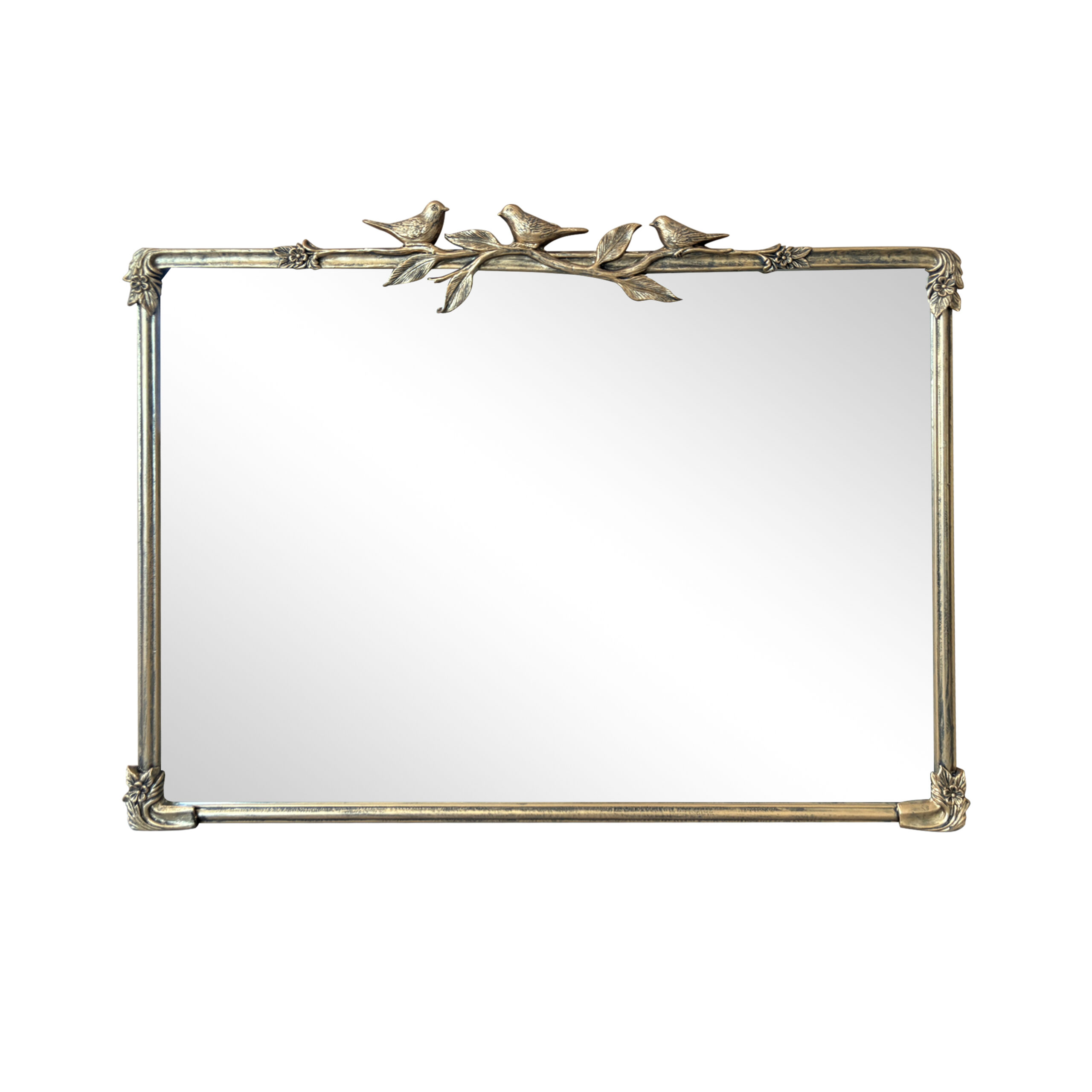
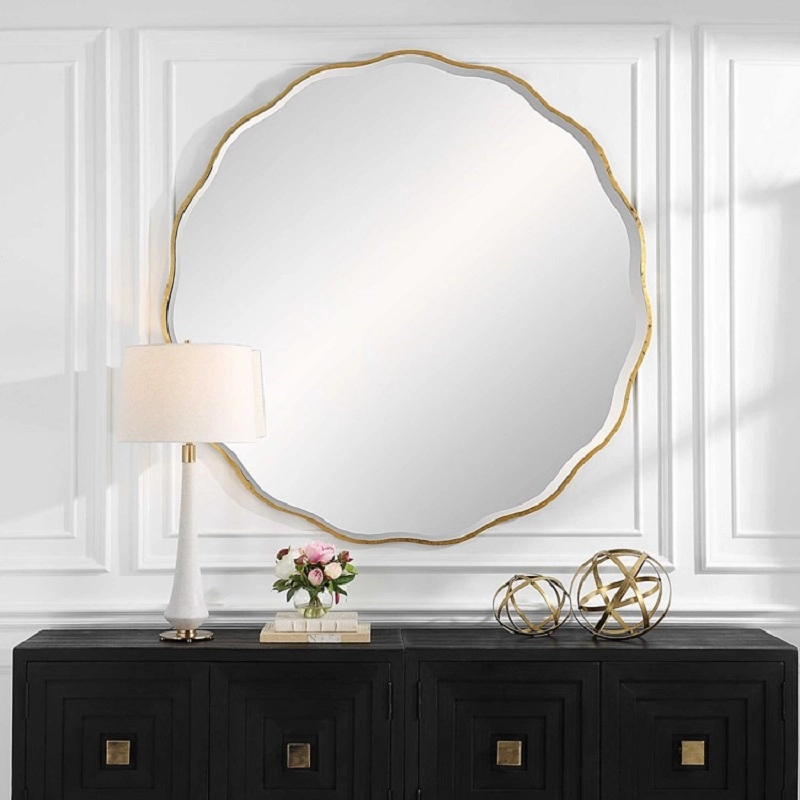
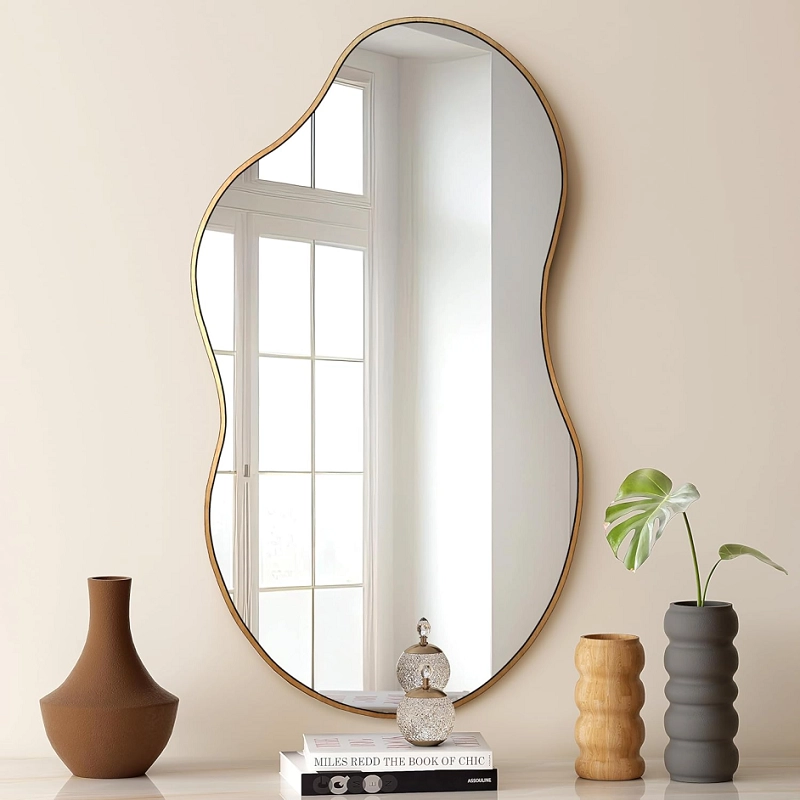





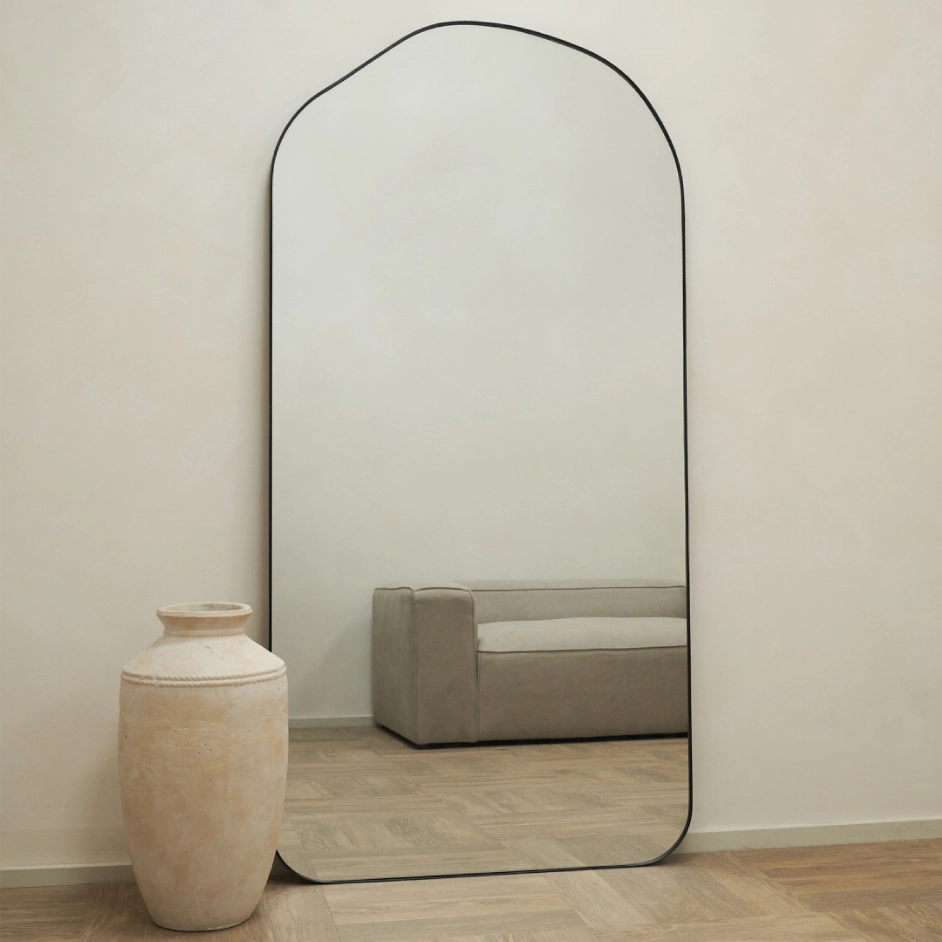
-scaled.jpg)
